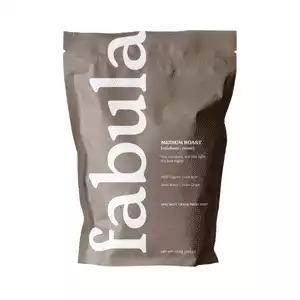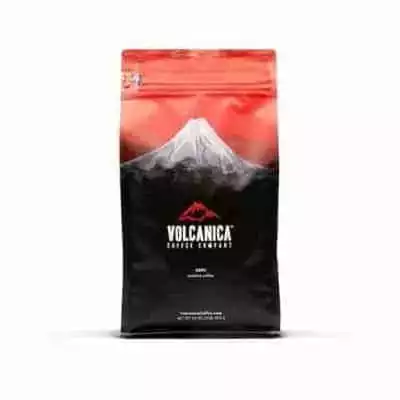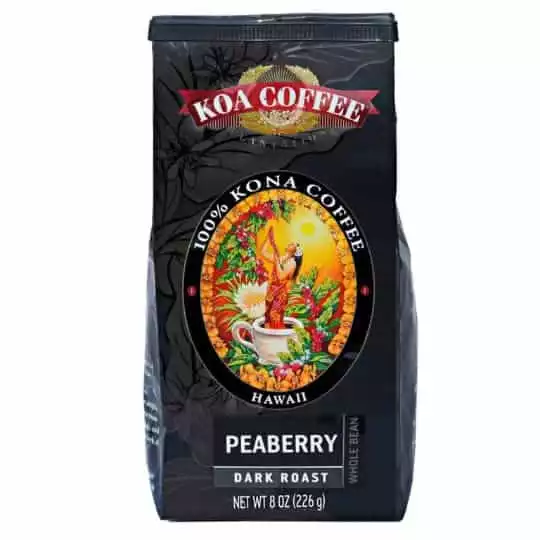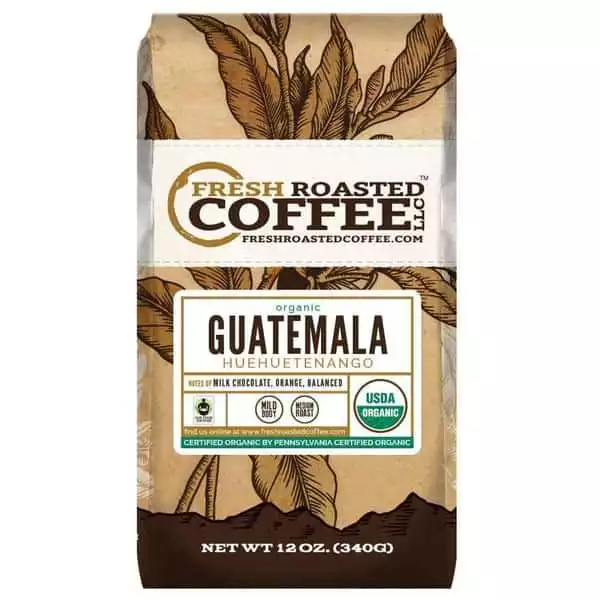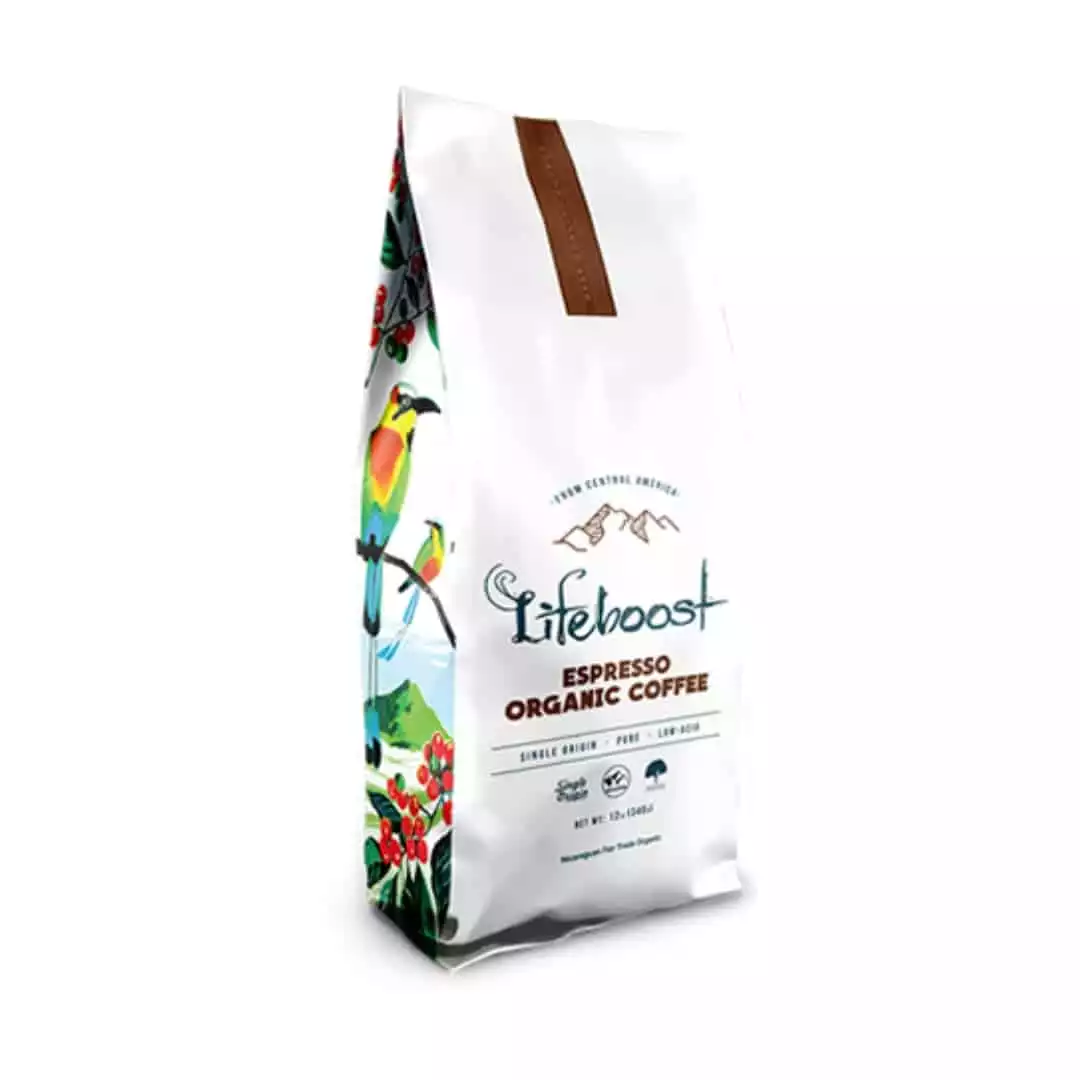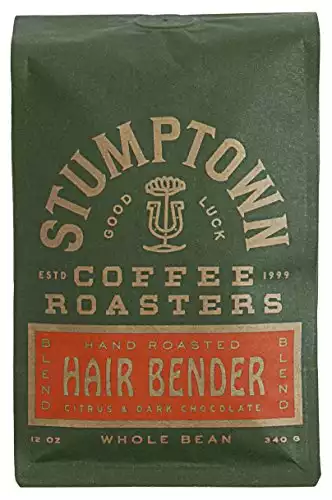Best Coffee For Moka Pot: Full Bodied Brews
As a former barista, I’ve worked with many state-of-the-art espresso machines. But I still have a soft spot for the moka pot.
The moka pot brews rich, concentrated coffee similar to Italian espresso. But it does so without any special equipment. It’s no wonder this brew method has been popular for almost 100 years!
Whether you’re a moka pot master or new to this brew method, keep reading. I’ve compiled a list of the best coffee beans for the moka pot. That way, you can brew a stovetop espresso low on bitterness and big on flavor.
6 Best Coffees For Moka Pot Brewers
1. Fabula Espresso
Fabula’s espresso roast is the best coffee for moka pot brewing. Roasted medium-dark, these beans are delectably rich and bold.
This coffee features notes of brown sugar, prunes, red berries, caramel, and praline. These sweet flavors balance the bitterness that sometimes results from a moka brew.
These Colombian beans offer the nutty, chocolatey tones characteristic of South American coffees.
Fabula’s espresso roast boasts low acidity, perfect for the moka pot’s bold brew profile.
The medium roast also prevents these beans from becoming too intense when brewed through a moka pot. Instead, the result is rich, with a heavy mouthfeel, great depth, and sweetness.
Buying these beans is a one-way ticket to higher-quality coffee, plain and simple. They are organic, non-GMO, vegan, single origin, arabica beans.
Fabula roasts the beans fresh before shipping them out for delivery. You get to enjoy high-quality beans while supporting sustainability in the coffee industry. It’s a win-win.
You can buy Fabula Espresso as either ground or whole-bean coffee. The company offers some generous discounts on larger orders, as well as subscriptions. Customers in the U.S. can enjoy free shipping when they buy two or more bags.
2. Sulawesi Kalossi
Grown on the Island of Celebes, Indonesia. Expect a heavy body, low acidity and lingering aftertaste.
Volcanica sources these rare beans from the Indonesian island of Sulawesi. Specifically, they come from the Toraja region, near the Kalossi village.
Instead of large-scale farms, these beans are grown on small family plots and backyards. Centuries-old farming techniques promote better bean flavor. Some of the coffee trees growing there are over 250 years old!
During Dutch colonization, colonizers called this island the Island of Celebes. As such, you might also hear the coffee called Celebes Kalossi Coffee.
Single-origin and one-hundred percent arabica, the coffee is complex and full-bodied. It exhibits characteristic Asian earthiness.
Sulawesi Kalossi is low in acidity. But it’s surprisingly lively and well-rounded. This complex bean is much less earthy than other Indonesian coffees like Sumatra. Instead, its depth produces a lingering mellow aftertaste that is soft and multi-dimensional.
It’s also sweet. Notes of maple syrup, cherry, and chocolate, balance the bitterness of moka pot coffee.
Volcanica roasts the coffee medium. This balanced roast highlights the chocolatey tones and natural sweetness. But it also minimizes acidity and aids in smoothness.
The creamy texture produced by these beans is great for moka pot coffee. In fact, it can make the finished product resemble classic espresso even further.
Volcanica sells these beans in different-sized bags. You can buy Sulawesi Kalossi as whole-bean coffee or pre-ground coffee.
They offer three grind sizes: French press, espresso, or drip. Ground coffee is convenient. But none of these grinds are ideal for the moka pot. Given these options, I’d recommend going for the espresso grind.
3. Koa Coffee Kona Dark Roast
Koa Coffee’s Private Reserve is a “secret blend” of grade AA Kona coffee beans proprietary to the company. It’s a dark roast perfect for moka pot coffee.
Koa Coffee sources incredibly quality beans from Hawaii. And indeed, these are everything you could want from Hawaiian coffee.
Hawaiian coffee beans are some of the best in the world, known to be bright and crisp, yet sweet and syrupy. They boast notes centered around milk chocolate, brown sugar, molasses, and honey.
The Kona dark roast is no exception.
These traits play to the moka pot’s strength. The syrupy sweetness counteracts any potential bitterness, leading to a smooth richness.
The big draw to this coffee is its inherent smoothness. There’s very little acidity, or bite; it’s hard to brew this bitter. So it’s a fantastic choice for the moka pot, which can brew over-extracted coffee if not done perfectly.
Koa Coffee roasts these beans dark but not too dark; you won’t have to worry about any burnt, charred flavors. Instead, the darkness accentuates the sweetness and low acidity of the blend.
You can buy these beans in 8 oz, 1 lb, or 2 lb bags. Unfortunately, Koa Coffee doesn’t offer free shipping.
These beans are fantastic for moka pot coffee brewing. But they’re also just an excellent introduction to Hawaiian coffee. Especially for those of us who appreciate smoothness in our brews.
4. Guatemalan Huehuetenango
Well balanced with low acidity and a chocolate orange aftertaste!
This Guatemalan coffee is the perfect moka pot bean for a mild, balanced brew.
The moka pot can sometimes get intense. But this medium roast counters that intensity with balance and smoothness. Organic and fully washed, this high-quality coffee preserves natural tasting notes.
These beans are grown at high altitudes in Guatemala, between 1,400 and 1,800 meters above sea level. Growing altitude can often play as much of a role in the final flavor of the bean as grow location does.
Generally, as you increase altitude, you decrease the heavy, earthy flavors. Instead, you find notes of spiced wine, sweet nuts, and citrus.
In this case, the main flavors include hints of milk chocolate and sweet orange. Huehuetenango is also very light in body. It has an almost tea-like mouth feel and a brightness on the palate.
Fresh Roasted Coffee roasts these beans to medium. This roast develops a rich sweetness without losing the beans’ more delicate flavors.
This coffee creates an ideal moka pot brew. The inherent sweetness counters any potential bitterness. And the light body and brighter aspect prevent it from brewing too intense.
This offering from Fresh Roasted Coffee is the lightest roast on the list. So if you prefer brighter flavors, this is a great option.
Fresh Roasted Coffee sells this both as whole bean and pre-ground coffee. You can choose between a course, drip, or fine grind.
You can also buy this coffee as a green bean and roast it yourself, giving you greater control over the flavor.
5. Lifeboost Espresso
Nicaraguan grown beans, this coffee is single-origin and USDA certified organic. With sweet chocolately undertones.
The Lifeboost Espresso roast is a dark, smoky coffee. These characteristics compliment the rich boldness you get brewing with a moka pot. The coffee exhibits notes of chocolate, smoke, and hints of vanilla and caramel.
Lifeboost sources beans grown in the shaded mountain rainforests of Nicaragua. Because they grow in the shade of other trees, the coffee cherries take longer to develop.
This extra time lets them become denser and absorb more nutrients. The result is a more pronounced, flavor-rich bean.
Speaking of, if you like milk in your coffee, this espresso roast is the coffee for you. It is dark and deep. So the coffee’s unique flavor will shine through milks, sweeteners, or creamers.
The coffee cherries are hand-picked, washed using spring water, and dried in the sun.
This coffee has a low acidity and smooth profile. These traits help provide balance when brewed through a moka pot.
Lifeboost markets this low acidity as good for people with sensitive stomachs or tooth problems.
Lifeboost as a brand focuses on bringing customers healthier, more natural coffee. One of the areas they focus on is mold and other toxins, which can be present in other coffees
Lifeboost tests their coffee for mycotoxins, heavy metals, pesticides, and 400 other toxins. So you know that the coffee you’re getting is high quality, safe, and delicious.
The beans are certified Fair Trade and USDA organic. Lifeboost roasts every order fresh before shipping out the coffee beans.
You can buy these beans in 12-ounce bags, as whole bean or pre-ground coffee.
6. Stumptown Hairbender
A blend of origins including Sumatra. An excellent pick if you enjoy an earthy espresso.
Last on our list of coffees for moka pots is Stumptown Hairbender. This blend consists of beans from Latin America, Africa, and Indonesia.
The Hairbender is a great choice for any brew method. Stumptown uses it as their go-to espresso bean in their coffee shops. This blend works equally well with moka pots.
This blend unites the flavor profiles of three very famous, yet very different, coffee-growing regions. As a result, Hairbender is complex and multifaceted. You’ll find yourself noticing something new every time you drink it.
The main flavor notes are dark chocolate, citrus, and raisin. You’ll also get some nutty undertones, a slight earthiness, and fruity accords. The result is sweet, yet nicely balanced.
This sweetness and balance are, in part, what make Hairbender such a great blend for the moka pot. But the multiple facets steal the show.
The moka pot offers a pretty thorough extraction and a concentrated final product. Because of this, you get to taste all of the conflicting elements in your coffee, brought to life. It’s truly wonderful.
Stumptown hand roasts their blends in small batches. So you can rest assured the coffee you’re getting is fresh.
You can either buy 12 oz or 5 lb bags. If you subscribe to recurring deliveries, you’ll get free shipping.
Picking The Best Coffee for Moka Pots
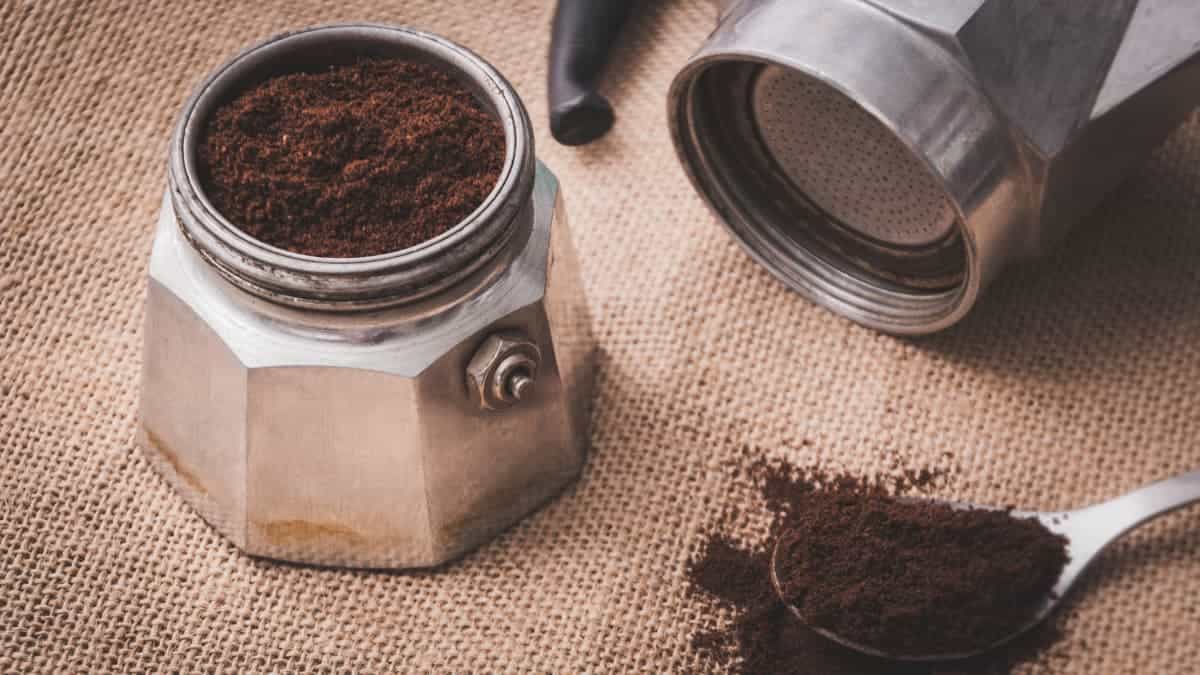
The moka pot has a somewhat unfair reputation for being hard to use and producing bitter coffee. But getting tasty results is easy once you follow a few guidelines.
First, to achieve a delicious brew, you need to choose the right coffee beans for the moka pot. Simple, right?
But there are several other elements that go into brewing the perfect moka pot coffee. When selecting beans, you’ll need to pay attention to flavor notes and roast profile. You’ll also need to use the correct size of coffee grounds and the right water temperature.
Let’s look at these elements in more detail.
Get the Right Grind
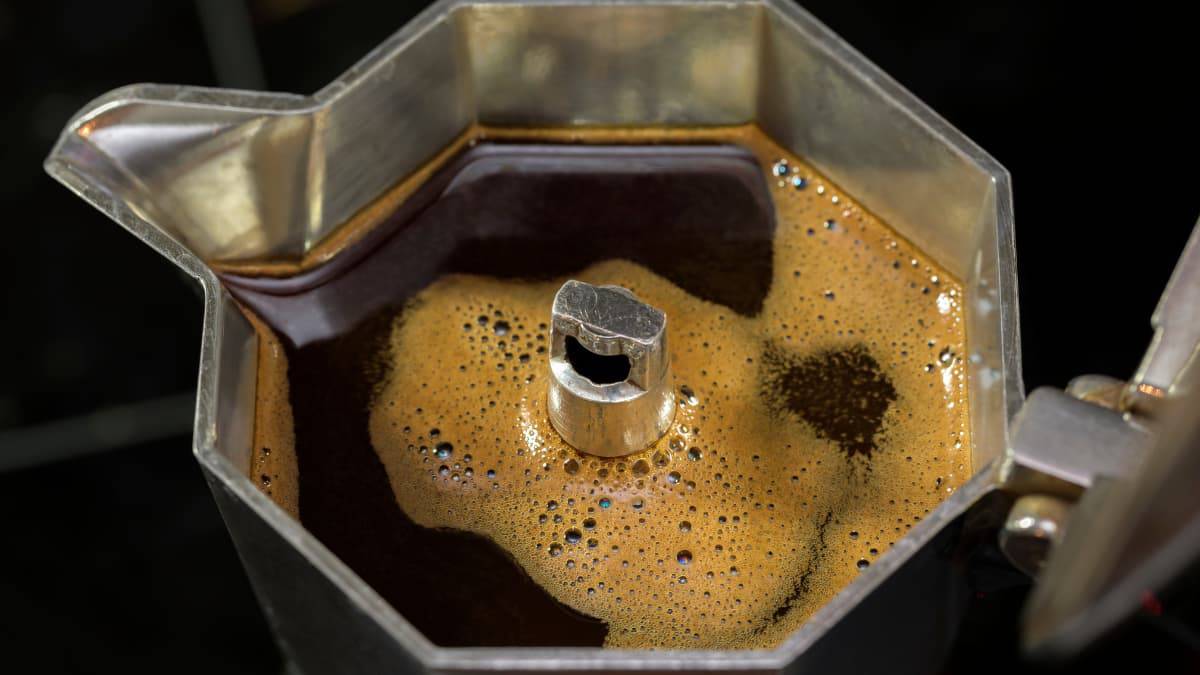
Matching grind size to the brew method is one of the most important steps in brewing any coffee. The moka pot is no different.
Too coarse, and your moka pot coffee will end up watery, flavorless, and maybe a bit sour. Too fine, and you’ll end up with bitter, hard-to-drink coffee. There may even be some powdery bits floating around.
When grinding beans for a moka pot, aim for somewhere between an espresso grind and a drip coffee grind. This size gives you the perfect balance between coarse and fine.
Buying whole-bean coffee and grinding it yourself is the ideal option. It gives you complete control over the grind size, while also keeping the coffee fresh for longer.
If grinding it yourself isn’t an option, the moka pot is relatively forgiving. Buying coffee pre-ground for either drip or espresso will work as long as the bean is good. Between the two, I’d recommend going with the espresso grind.
Medium – Dark Is Best for Stovetops
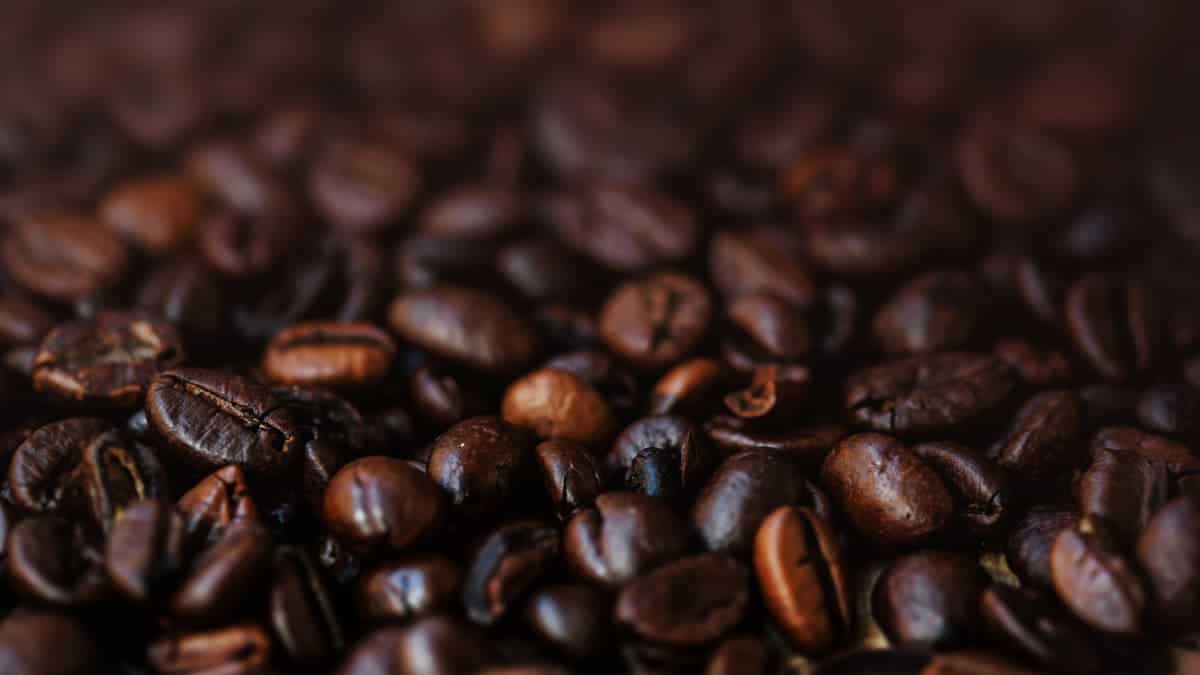
The moka pot is also known as a stovetop espresso maker. Brewed on a stove, it produces similarly concentrated coffee as an espresso machine.
If you’re wondering what roast makes the best coffee for moka pots, the clue is in this name!
The same kinds of beans coveted for espresso work for the moka pot as well. The general guideline is to go with a medium to dark roast.
It’s easy to remember: use an espresso roast for a stovetop espresso maker.
The longer roast time in medium and dark roast coffee brings out sweeter flavors. Think chocolate, red fruits, caramel, brown sugar, nuts, and vanilla. These dark, luxurious flavors work really well with concentrated brewing methods. The sweetness helps cut what could otherwise be a very bitter brew.
Moka pots tend to provide more uneven extraction than other brew methods.
For this reason in particular, it’s best to stay away from light roasts. Light roasts are already high in acidity and exhibit bright flavors.
Uneven extraction can accentuate these flavors even further. So you could easily end up with a drink that’s too acidic, bright, or even sour to be enjoyable.
If you do end up choosing a light roast, make sure the grind is as even as possible. Uniformly sized grounds will help mitigate the risk of uneven extraction.
Avoid Fruity Coffees
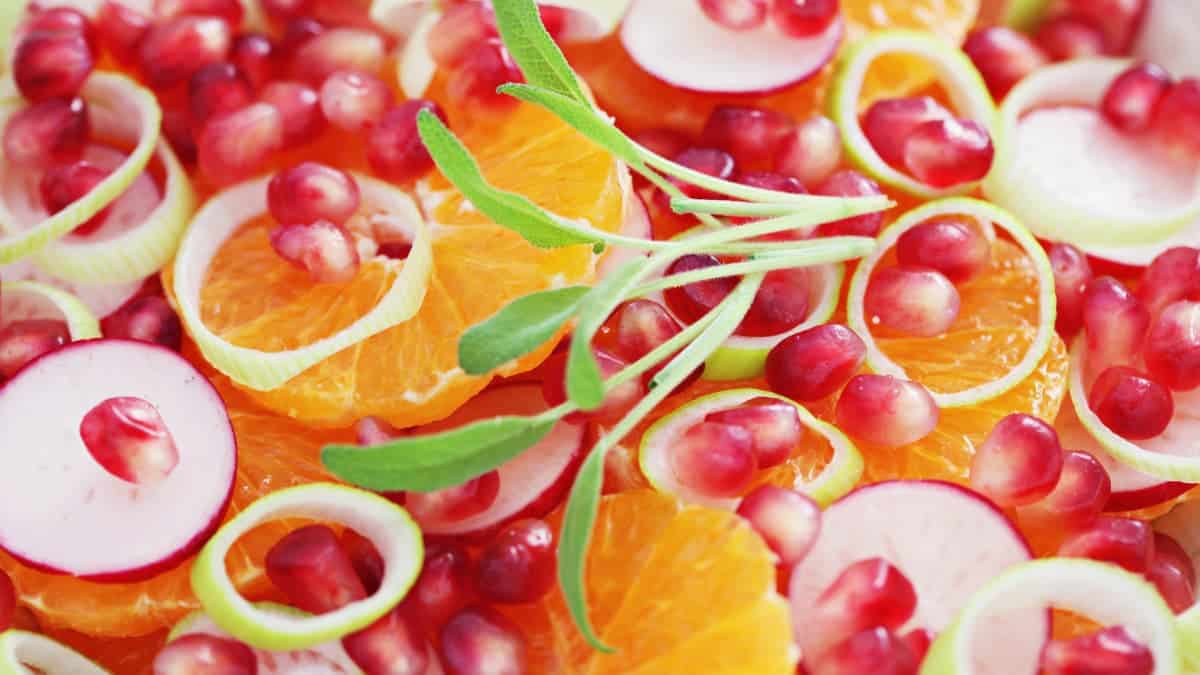
While honing your skills with the stovetop espresso maker, avoid fruity coffees.
This recommendation is related to my advice about light roast coffee. The strength of the extraction brings out too much of the fruity flavor, leading to coffee that’s too sour to enjoy.
That said, some fruits are better than others. For example, medium to dark roasts often exhibit red-fruit flavors like cherry and plum. These darker flavors are good for the moka pot because they have an almost syrupy sweetness.
Citrus fruits, on the other hand, are inherently acidic. So using moka pots to brew beans with citrus notes can quickly produce an unpleasant coffee.
If you like fruity coffees, a good general rule is to at least pick those that have darker flavors.
Watch the Water Temperature
Water temperature plays a role in how bitter or over-extracted the coffee gets.
When using moka pots, you should never start brewing coffee with cold water. Doing so can prevent a lot of inherent flavors from being extracted.
Conversely, using water that’s too hot will make the coffee too bitter, and can sometimes taste burnt.
Instead, heat the water to 158 F (70 C) for optimal results.
This temperature prevents heat loss. It also helps the brewer work more efficiently without burning or under-extracting the coffee.
The Final Verdict: Best Coffee for Stovetop Espresso
Choosing the right coffee can make all the difference when brewing coffee with a moka pot. The right bean will compliment the richness and counter bitterness with sweetness.
Fabula Espresso is the best coffee for moka pots. This medium-dark tastes of brown sugar, dark berries, and caramelized nuts.
It’s the flavor profile for the moka pot. Like an espresso machine, the moka pot extracts dark flavors and develops a rich body.
Lighter roasts can quickly turn too acidic, and earthier roasts can be too muddy. A medium-dark roast with sweeter tones, however, leads to magical results.

